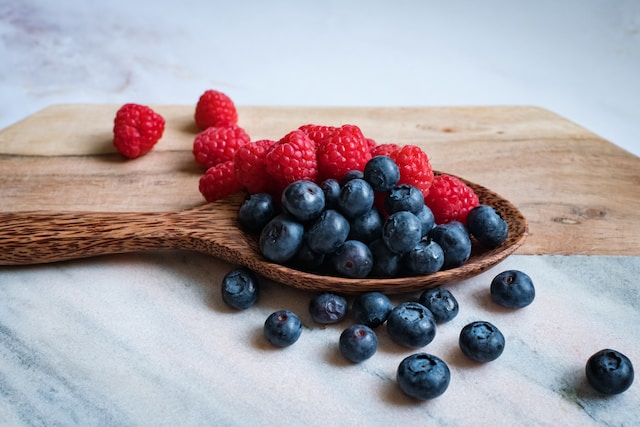The Crucial Connection Between Hormones and Breast Wellness
The correlation between imbalanced hormones and breast health is something that is important for women to understand. When we speak about imbalanced hormones, we tend to focus more on the impact they can have on our mood, menstrual cycle and/or energy levels and rarely discuss the negative impact that can be had on other part of our bodies such as our breasts.

Oestrogen and Progesterone which are the female sex hormones play a role in both the development and growth of women’s breasts during puberty and throughout the reproductive years.
Oestrogen is known to support breast tissue health while progesterone helps to support breast tissue for milk production during pregnancy.
However, when these hormones are imbalanced in addition to the above symptoms’ women may experience changes in breast tissue. Such changes are known to cause similar feelings some women may feel during PMS like breasts being tender, breasts being swollen, pain in the breasts and/or general discomfort.
If a woman’s progesterone is imbalanced, breast tissue is known to become denser, which can make it hard to detect breast related ailments such as breast cancer on a mammogram and or cause fibrocystic breast disease. This is however less likely to affect women after menopause, as their hormone levels are lower, so their breast tissue is less dense making it easier to detect breast lumps or other abnormalities during a mammogram.
What is Fibrocystic breast disease?
Fibrocystic breast disease is a common condition characterised by the presence of noncancerous lumps or cysts in the breasts. It is caused by hormonal changes during the menstrual cycle that can lead to the formation of small, fluid-filled sacs or enlarged breast lobules. The symptoms of fibrocystic breast disease can also be familiar to those during PMS and include breast pain, tenderness, and swelling, breast lumps, thickening or ropiness of breast tissue, and nipple discharge.
Nutrition and Breast health
Both diet and lifestyle play a pivotal role in our overall health. The consumption of certain foods can support with the balancing of hormones but also support greater breast health by limiting inflammation and cell mutation.
Example of some of these foods include:
- Berries – Berries are rich in antioxidants, and high in fibre. Researchers recommend these foods for better breast health.
- Walnuts – This nut is rich in omega-3 fatty acids that control inflammation. They are also a good source of protein, and fibre. Good fats such as Walnuts also support with hormone regulation.
- Avocados – Another good fat rich in micronutrients, including vitamin C, vitamin E, vitamin B6, folate and potassium, and is also high in fibre.
- Chickpeas – Rich in protein, omega-6 and omega-3 fatty acids, and folate.
- If you like your herbal teas, you may want to include or introduce herbs such as:
- Red clover – This is high in isoflavones, not unlike its distant relative, the soybean. Isoflavones may modulate oestrogen uptake in breast tissue and exert anti-inflammatory and antioxidant effects.
- Chaste tree berry – This herb has been shown in studies to improve premenstrual breast pain. Proposed mechanisms include modulation of the hypothalamic-pituitary axis to increase progesterone, good remedy for breast and menstrual health.
- “Hepatic” herbs – These herbs are known as ginger, burdock root, dandelion root, and milk thistle all of which support the liver’s natural ability to break down endogenous hormones.

In the intricate dance between hormones and breast wellness, it becomes evident that our bodies are remarkable orchestrators of equilibrium. While hormones play a pivotal role in our overall health and development, maintaining a harmonious balance is key to breast wellness. Through proactive lifestyle choices, regular screenings, and mindful awareness of hormonal fluctuations, we empower ourselves to navigate this delicate equilibrium with grace and confidence.
Main photo by Victoria Strukovskaya on Unsplash



